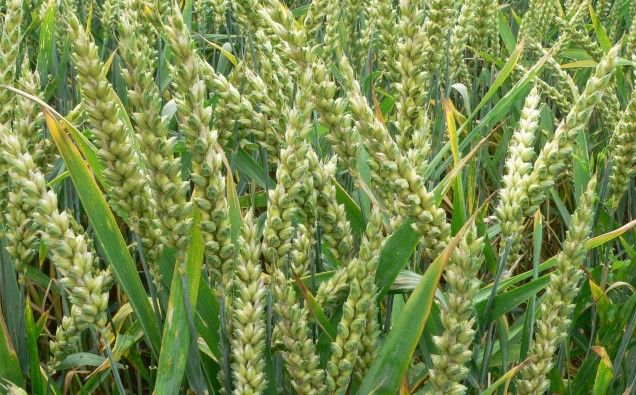
South Asian agrarian economies have been growing at a rapid pace in the recent years. Their share in the world cereal harvests is also enviable- 60 percent of total rice and 50 percent of wheat.
Fruit and veggie productions are also in the higher brackets. But this rapid growth has not translated into any trickle down effect on its burgeoning population in terms of food security. It is still home to 42 percent of the world’s poor, earning a little higher than a US $ 1 per day.
Nearly 21 percent of the people living in this region are undernourished and more than 41 percent children are either underweight or with stunted growth. We need to understand that food security exists when all people, at all times, have physical and economic access to sufficient, safe and nutritious food to meet their dietary needs and food preferences for an active and healthy life.
But in Pakistan, India and other South Asian states such an ideal condition has never been in place. Even the recent declining trend in the food prices across the world in the wake of more than 200 percent drop in the petroleum prices has not helped make food available to the poor of the region at affordable prices. Due to unaffordable prices of various commodities over the last few years in the region, people are fast switching in consumption from nutrient rich foods, such as vegetables, meat and other proteins to nutrient-poor staples, such as rice and wheat.
There is also evidence of children’s food intake being protected, typically at the cost of women’s consumption. When the effects of the crisis are severe, economists fear, households in South Asia may also sell productive assets, take children out of school, and reduce expenses on health.
The case of residents of Thar desert in Sindh province in Pakistan is even worse where dozens of children die daily due to malnutrition and sometimes mere hunger.
Question arises why the region with a number of food baskets in the Indus and Gangetic plains, is home to hundreds of millions of malnourished and starved people. Major reason for the higher incidence of hunger and malnutrition is unequal access to food in the region. The food abundant provinces of Pakistani and Indian Punjab may be a quotable example in this regard. The rest of Pakistan and India purely depend on bumper or poor harvests in these provinces. Even in these regions considered food baskets for rest of the area, there are pockets, considered food-deficient. In Pakistani Punjab, Rawalpindi division is an example.
To overcome the problem of food insecurity, the region needs to promote intra-regional food trade especially between India and Pakistan. It is necessary to facilitate the import of cereals in addition to tomatoes, potatoes and other kitchen items to Pakistan from India when there are poor harvests and resultant possibility of increase in the prices.
India should also import such items from Pakistan whenever there is a crisis. In recent past, India imported onion from far flung countries like Egypt and Afghanistan instead of neighboring Pakistan due to political reasons when there was an acute shortage of this daily used vegetable.
Pakistan has also been importing Chilean apple and Philippines bananas while not importing these fruit from neighboring India. Both the nations need to shun political expediencies and think more about their poor masses .
That alone should be an unmissable incentive for Islamabad and New Delhi as indeed for other countries in the region to forge cooperative relations, and depart from their decades- old stated policies. Otherwise, South Asian nations may further slip on the Human Development Index, and with it miss out on having large workforce replacements, as economic progress expands middle class populations and with it consumption rates and consumerism.













